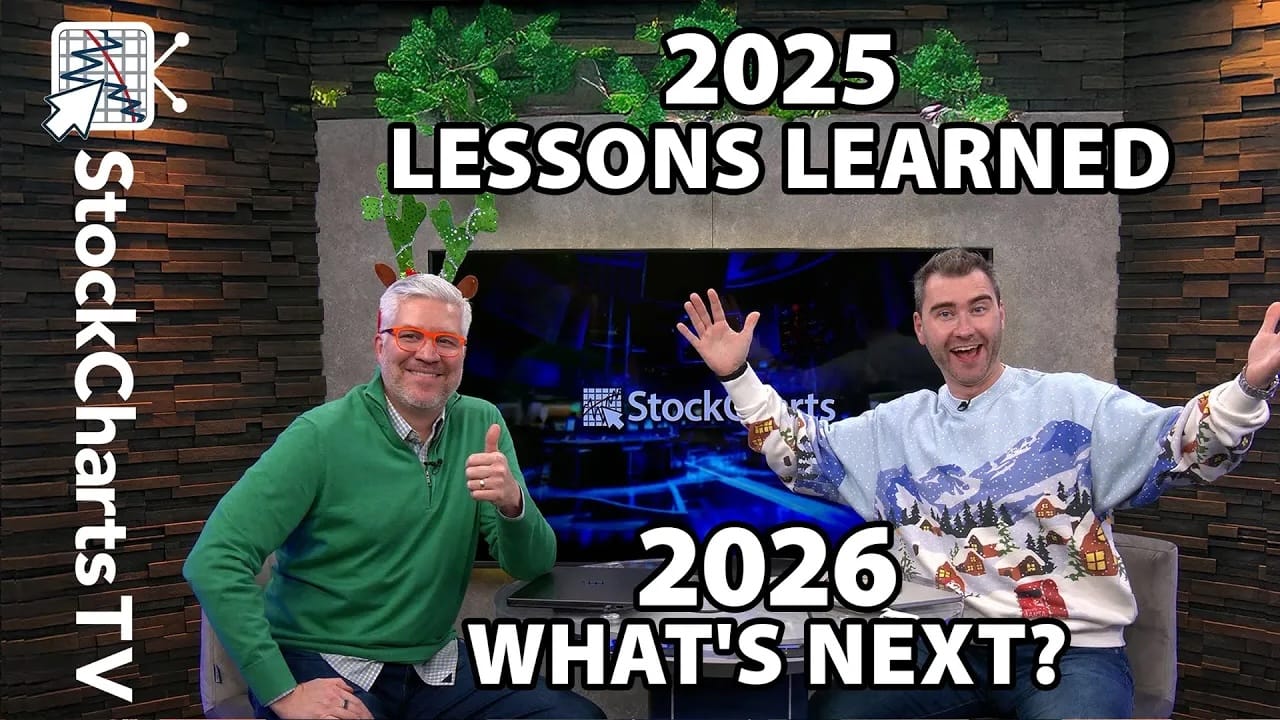ELLIOTT WAVE ANALYSIS SUGGESTS THAT STOCKS HAVE BEEN IN A WAVE FOUR CORRECTION -- SINCE BULL MARKETS USUALLY HAVE FIVE WAVES, THAT MEANS THERE'S ANOTHER UPWAVE TO COME -- BOTH VERSIONS OF NYSE ADVANCE-DECLINE LINE LOOK STRONG
STOCKS ARE ENDING WAVE FOUR CORRECTION... I find Elliott Wave Analysis very helpful in keeping the stock market's trend in proper perspective. I'm revisiting the subject here because I believe it may explain what's happening in global stocks. Here's a brief explanation. Major bull markets take place in five waves. That includes three upwaves (waves 1, 3, and 5) interrupted by two corrective waves (2 and 4). Last July 9 I suggested that the stock market had completed three major upwaves from its 2009 bottom. [See blue numerals in Chart 1]. The message warned that the market was due for "a period of consolidation or correction within its major uptrend" (a wave 4). An August 22 message was headlined: "STOCKS HAVE ENTERED WAVE 4 CORRECTION". The good news is that wave fours are usually only an interruption in a longer range uptrend. Blue numeral 1 shows the first upwave ending in early 2011 followed by a wave 2 correction (II). A rising wave 3 lasted from late 2011 to mid-2015 (III). The Wave 4 correction starting last August bottomed in February (IV) . That suggests that stocks are transitioning from a corrective wave 4 into a more positive wave 5. Chart 1 also shows the S&P 500 bouncing off a rising trendline drawn under its 2009/2011 lows.

(click to view a live version of this chart)
Chart 1
NYSE COMPOSITE INDEX BOUNCES OFF WAVE 1 ... My Elliott Wave Analysis last summer actually used the NYSE Composite Index. Although that index suffered a bigger decline than the S&P 500, it still fits the wave sequence perfectly. One of the cardinal rules of EWA is that a wave 4 correction must stay above the top of wave 1. Chart 2 shows the May/February wave 4 correction in the NYSE stopping just above the top of wave 1 formed in early 2011 (1). That kept the bull market alive. Notice also that the wave 4 correction took place in three waves (red numerals). That's also characteristic of a correction which normally has two downlegs. Let's take a closer look.

(click to view a live version of this chart)
Chart 2
NYSE INDEX NEARS UPSIDE BREAKOUT... The daily bars in Chart 3 show the NYSE Composite Index ($NYA) moving up to challenge a "neckline" drawn over its November/April highs. The NYSE bounced off its 200-day average (and the blue 50-day average has crossed above the red 200-day). The NYSE has lagged behind the Dow Industrials and S&P 500 which neared their 2015 highs in April. That's partially explained by the fact that the NYSE includes all stocks traded on the NYSE which includes more smaller stocks. The NYSE also includes a large number of foreign stocks which have lagged behind U.S. stocks. Even so, its chart pattern looks positive. A decisive close above its April high would put the index at the highest level since last August, and signal higher prices for it and the rest of the market. The actual end of the May/February correction was signalled when the NYSE cleared the falling red trendline drawn over its May/November peaks. The chart also shows the wave 4 correction taking place in three waves (red numbers) which is normal.

(click to view a live version of this chart)
Chart 3
MSCI ALL COUNTRY WORLD ISHARES ALSO FIT WAVE PATTERN... The monthly bars in Chart 4 show the MSCI All Country World Index iShares (ACWI) also fitting the pattern of an index that appears to have completed a wave 4 correction within the context of an expected five-wave advance. [The ACWI includes stocks from 46 countries (including the U.S.) in both developed and emerging markets]. The weekly bars in Chart 5 shows the ACWI moving up to challenge its November/April highs in what looks like a bottoming formation. Its 10-week average has crossed over its 40-week which is a bullish sign. Its 14-week RSI line (above chart) has risen over its 50-line; and its weekly MACD lines (below chart) are positive. In my view, an upside breakout appears likely. An upside breakout would confirm that the Wave 4 stock correction is over and that global stocks still have unfinished business on the upside (in others words, a Wave 5)

(click to view a live version of this chart)
Chart 4

(click to view a live version of this chart)
Chart 5
CANADIAN STOCKS TURN UP ... Canadian stocks are one of the reasons the All Country World Stock Index is turning up. The weekly bars in Chart 6 show the Toronto Composite Index ($TSX) trading above its October intra-day peak at 14053. That puts the TSX at the highest level since last August and signals that its stock correction has ended. That also signals the likelihood that its long-term uptrend is resuming. Note also that its blue 10-week average has crossed over its red 40- week, and the TSX is above both lines. We're seeing a lot of that on stock index charts. That's also a bullish vote for stocks tied to commodities. Canada is a big commodity exporter. The two stock groups leading its rally are energy and materials. That also a vote of confidence in economically-sensitive commodity markets (like oil) which should continue to strengthen in a stronger global economy.

(click to view a live version of this chart)
Chart 6
NYSE ADVANCE-DECLINE LINES STILL LOOK BULLISH ... I recently showed two difference versions of the NYSE Advance Decline line. Chart 7 shows the more traditional NYAD line (which includes everything traded on the big board) reaching a new record high. Since that usually acts as a leading indicator for the stock market, it's an encouraging sign. Some purists, however, prefer the version of that line that includes only common stocks. Chart 8 shows the NYSE Common Stock Only AD Line recovering from a minor pullback after hitting a nine-month high in April. Its ability to clear its fourth quarter is a sign of market strength. Both lines look pretty healthy to me.

(click to view a live version of this chart)
Chart 7

(click to view a live version of this chart)
Chart 8
S&P 500 RALLIES TOWARD APRIL HIGH... The short-term pullback in stocks has ended. The daily bars in Chart 9 show the S&P 500 back above its 50-day average and trading at a new high for the month of May. That puts it in position to retest its April high and the highs formed during the fourth quarter. Needless to say, a close over those highs would resume its major uptrend. Technical odds (and Elliott Wave Analysis) favor those highs being exceeded sooner or later.












